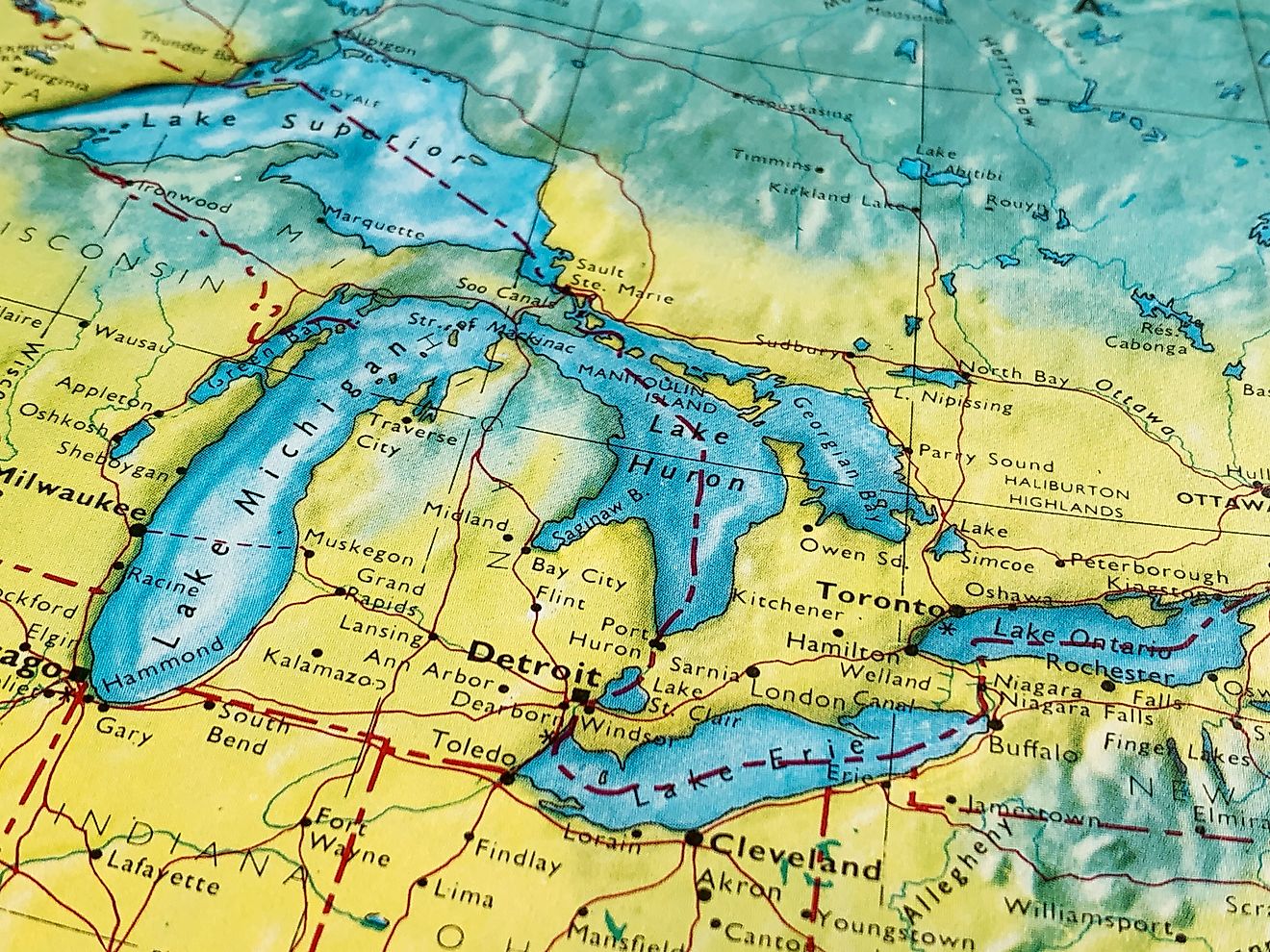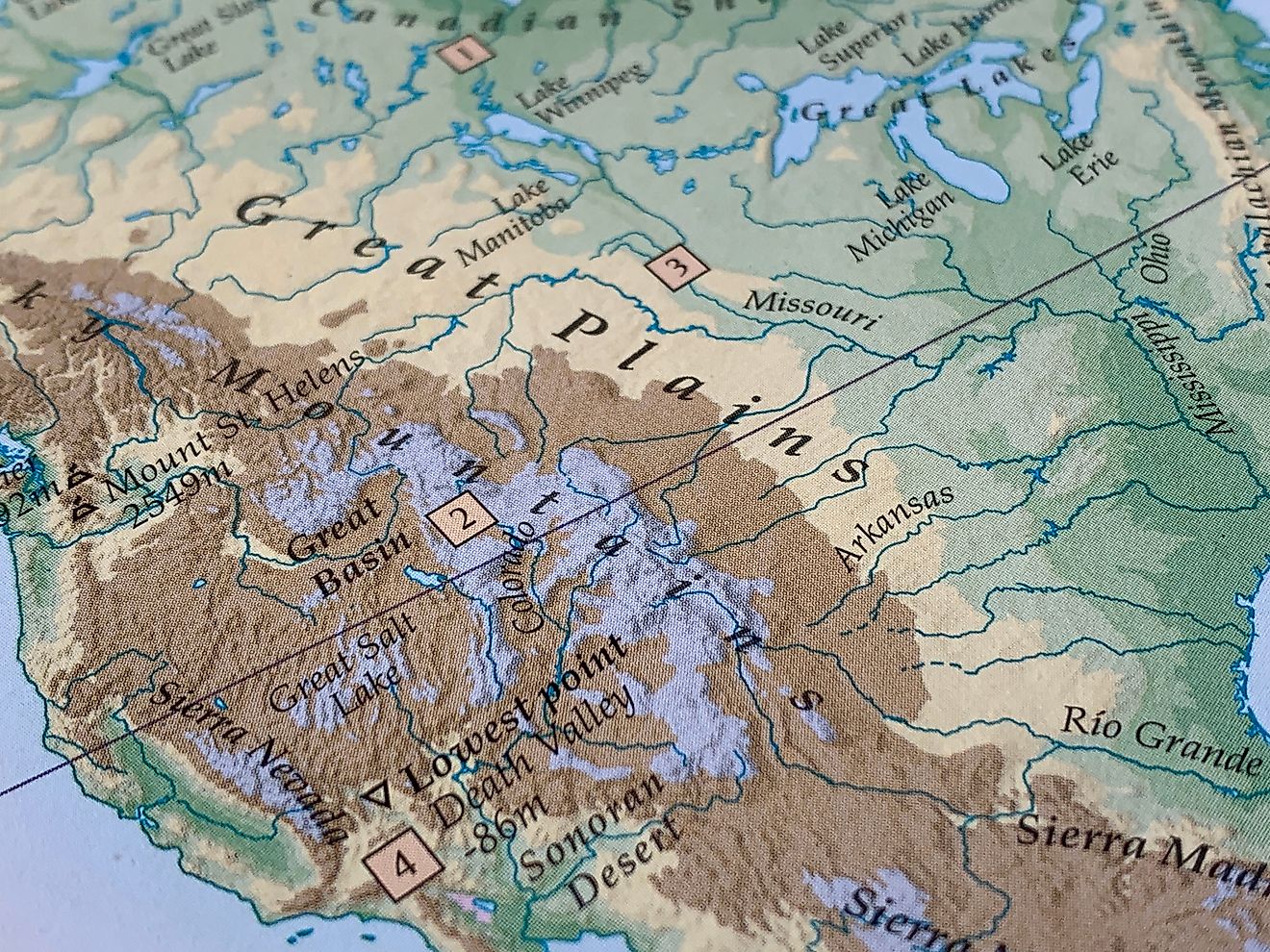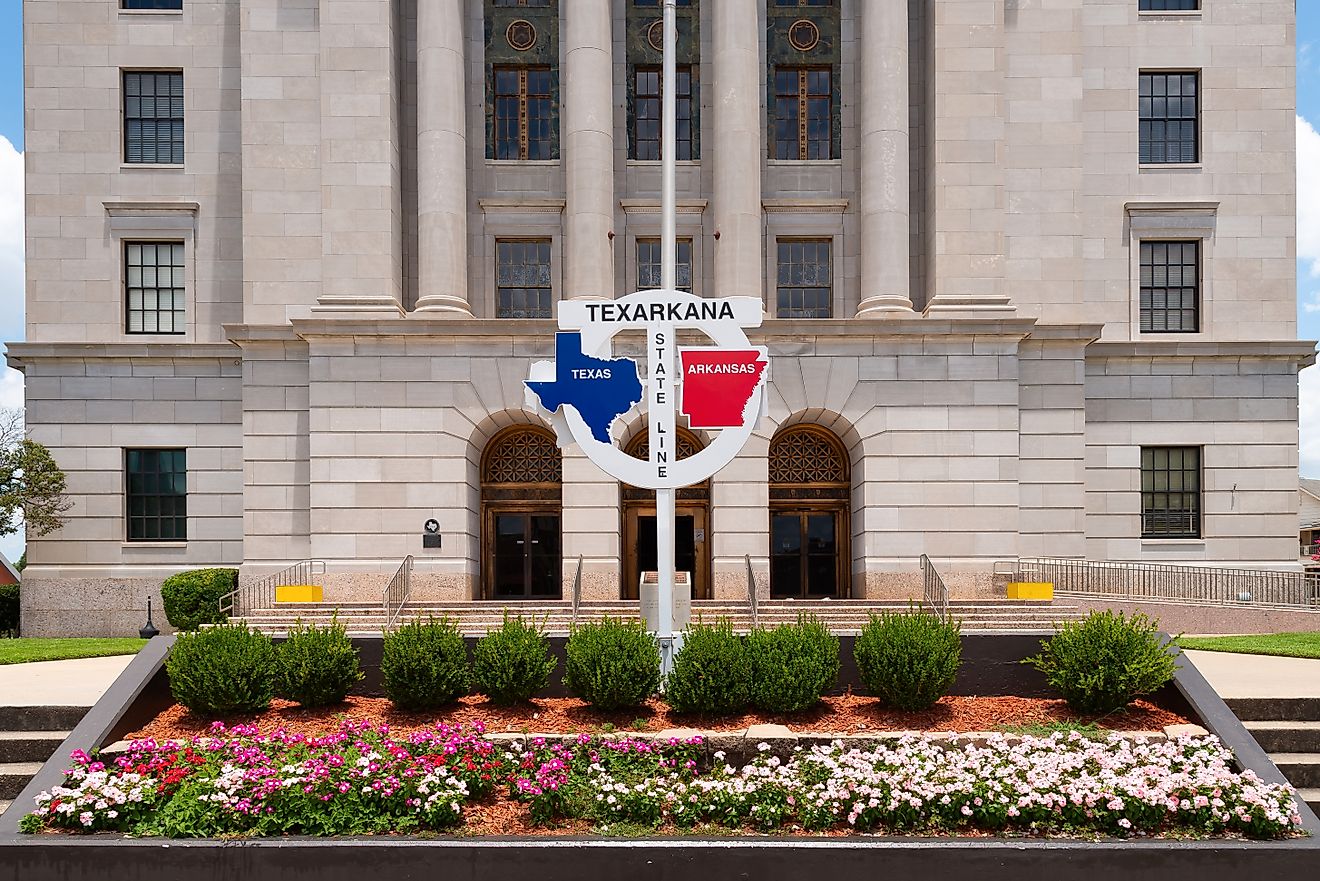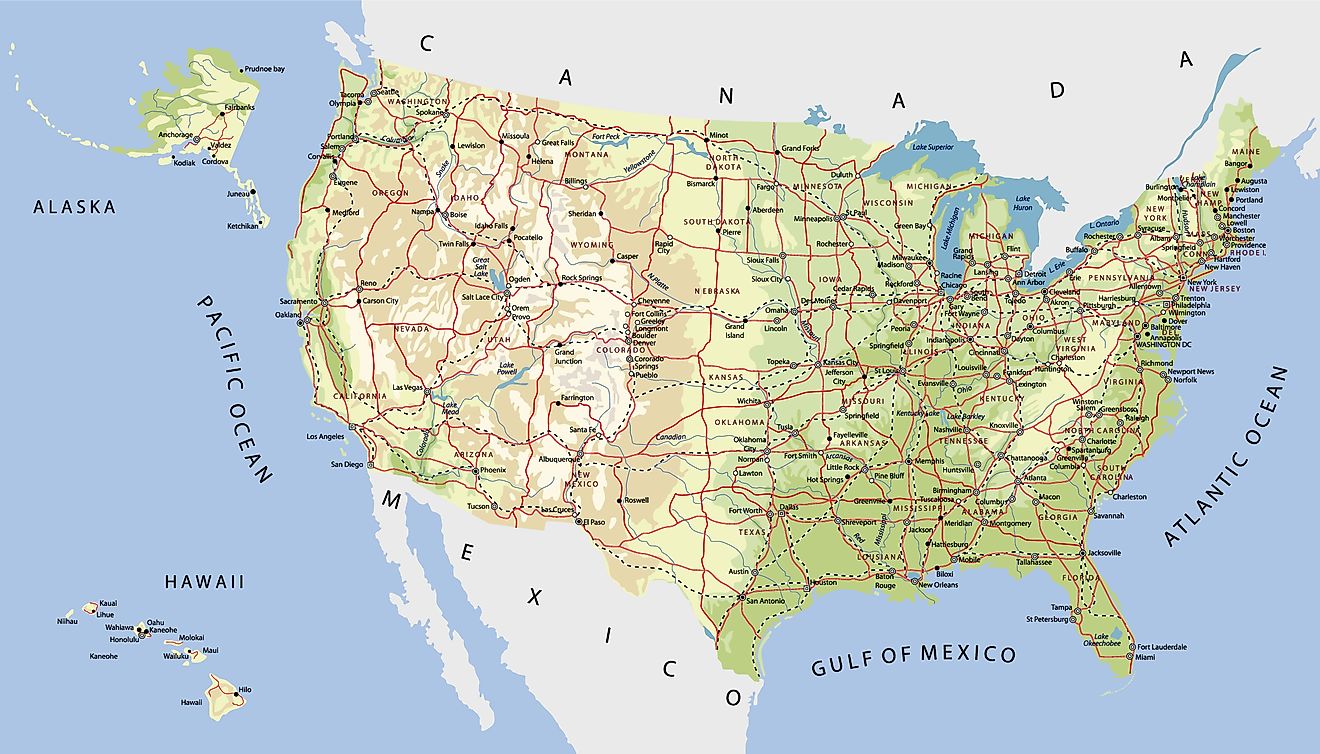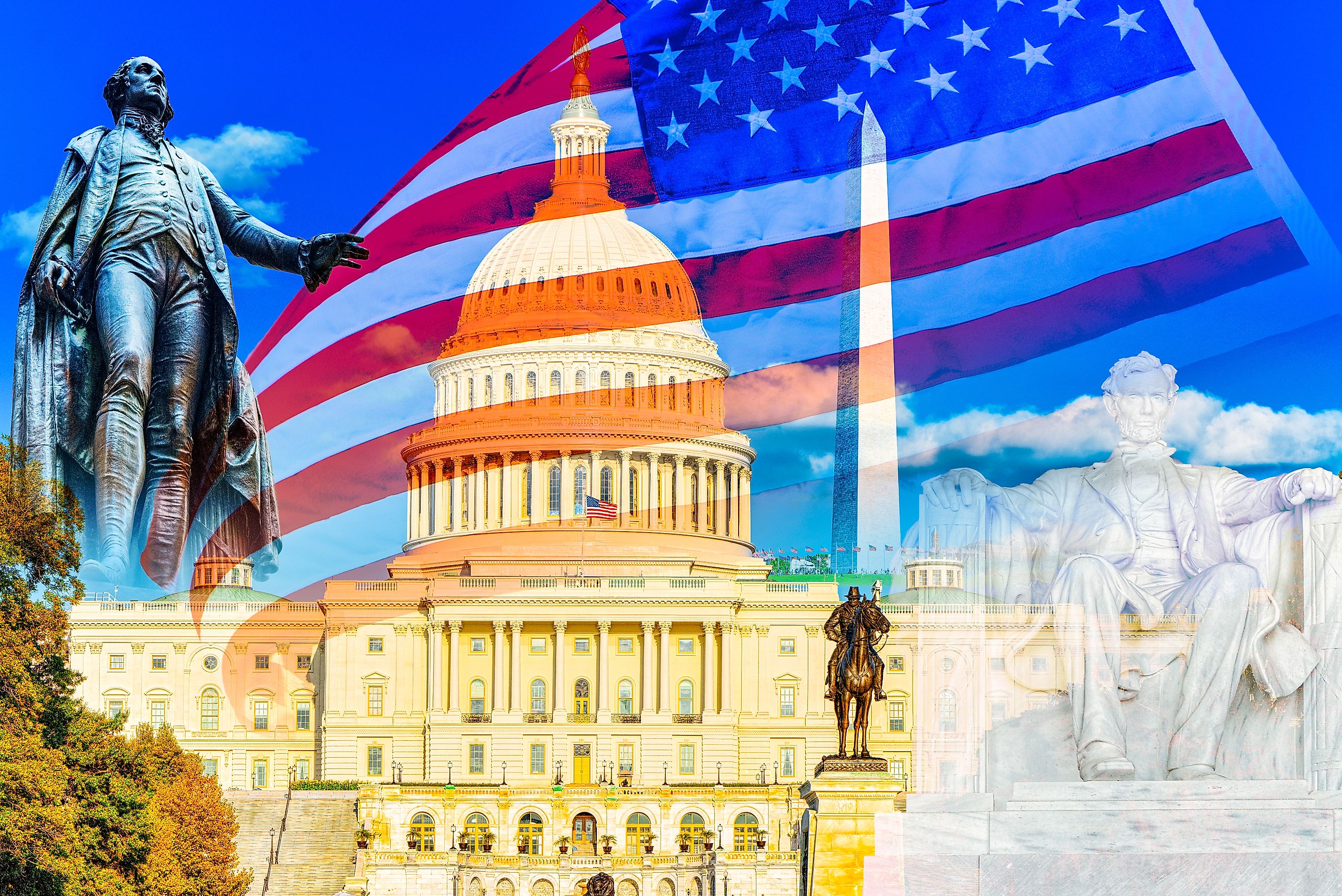
What Form of Government is The United States?
The United States is often described as a democracy, but the structure of its government is more nuanced than that simple label suggests. As a federal constitutional republic, the US operates under a complex system of checks and balances designed to limit the concentration of power and protect individual liberties. From its founding in the 18th century to the present day, America’s governmental form has evolved but its core principles remain firmly rooted in representative rule, federalism, and constitutional law.
Explore the exact form of government in the United States, how it functions at different levels, and how it compares to other systems around the world.
What Is a Federal Constitutional Republic?
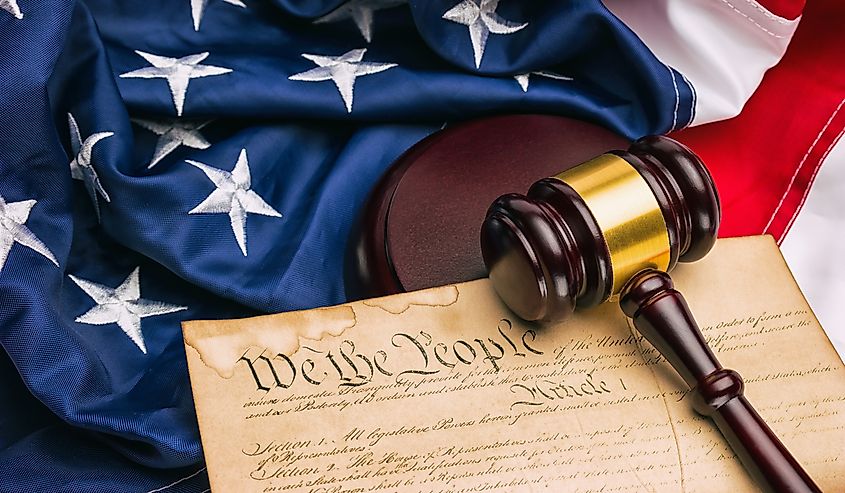
At its core, the United States is a federal constitutional republic. Each term in that phrase carries specific meaning:
-
Federal: Power is divided between a national (federal) government and individual state governments.
-
Constitutional: The government's authority and structure are defined and limited by a written constitution.
-
Republic: Citizens elect representatives to make decisions and pass laws on their behalf.
This system was intentionally crafted by the Founding Fathers to prevent tyranny, whether from a monarch or from mob rule. It combines elements of democratic participation with structured safeguards that ensure the rule of law prevails over popular whims.
Is the United States a Democracy?
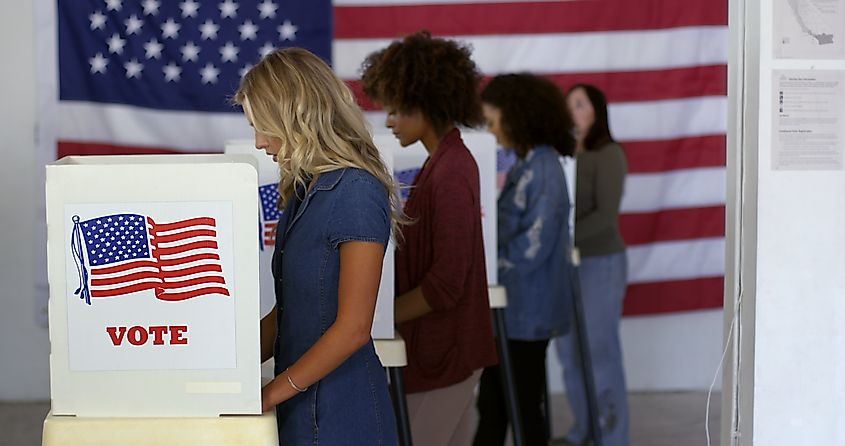
Yes—but with qualifications. The United States is a representative democracy, not a direct democracy.
In a direct democracy, citizens vote on every law or policy decision themselves. That model, used in ancient Athens, is impractical in a nation of over 330 million people. Instead, Americans elect officials, such as members of Congress, governors, and presidents to represent their interests and make decisions on their behalf.
However, certain democratic elements still allow for direct participation. Ballot initiatives and referendums, for example, give citizens in some states the ability to vote directly on specific legislation or policy changes.
In short, the US is a democratic republic: a blend of democracy and republicanism rooted in representative governance.
The US Constitution: Foundation of Government
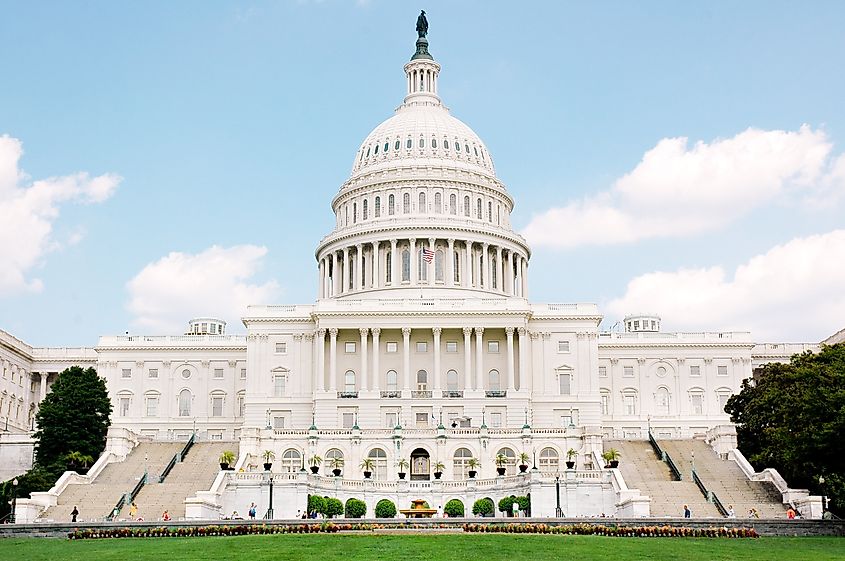
Ratified in 1788, the US Constitution is the supreme law of the land. It outlines the structure of the federal government, the separation of powers, and the rights of citizens. Any laws that contradict the Constitution can be struck down by the judiciary.
The Constitution is intentionally concise, but its flexibility has allowed it to remain relevant for over two centuries. It sets up a government divided into three co-equal branches:
-
Legislative Branch (Congress)
-
Executive Branch (President and administration)
-
Judicial Branch (Supreme Court and federal courts)
Each branch has distinct powers and the ability to check the other branches, maintaining a balance that is central to American governance.
The Three Branches of Government
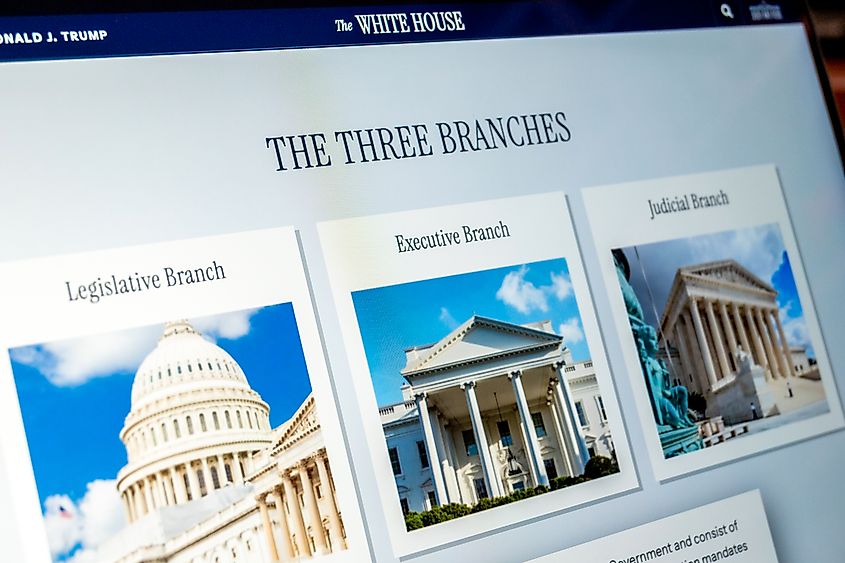
1. Legislative Branch
The legislative branch, or Congress, is responsible for making federal laws. It consists of two chambers:
-
House of Representatives – 435 members elected every two years, representing districts based on population.
-
Senate – 100 members (two from each state), elected every six years.
This bicameral system was a compromise between large and small states, ensuring both population and state equality were represented.
Congress also controls the federal budget, approves treaties, confirms presidential appointments, and can impeach and remove federal officials.
2. Executive Branch
The executive branch is headed by the President, who serves as both the head of state and the head of government. The president is elected every four years by the Electoral College, a system designed to balance influence between populous and less populous states.
The president's powers include:
-
Enforcing federal laws
-
Commanding the armed forces
-
Negotiating treaties (with Senate approval)
-
Appointing federal officials and judges
-
Issuing executive orders
The president is supported by the vice president, Cabinet members, and various federal agencies that administer the day-to-day operations of the government.
3. Judicial Branch
The judicial branch interprets laws and ensures they align with the Constitution. It is headed by the Supreme Court, which has nine justices appointed for life (or until retirement). Below the Supreme Court are the US Courts of Appeals and District Courts.
The courts have the power of judicial review, allowing them to strike down laws or executive actions deemed unconstitutional.
Federalism: Dividing Power Between States and the Federal Government
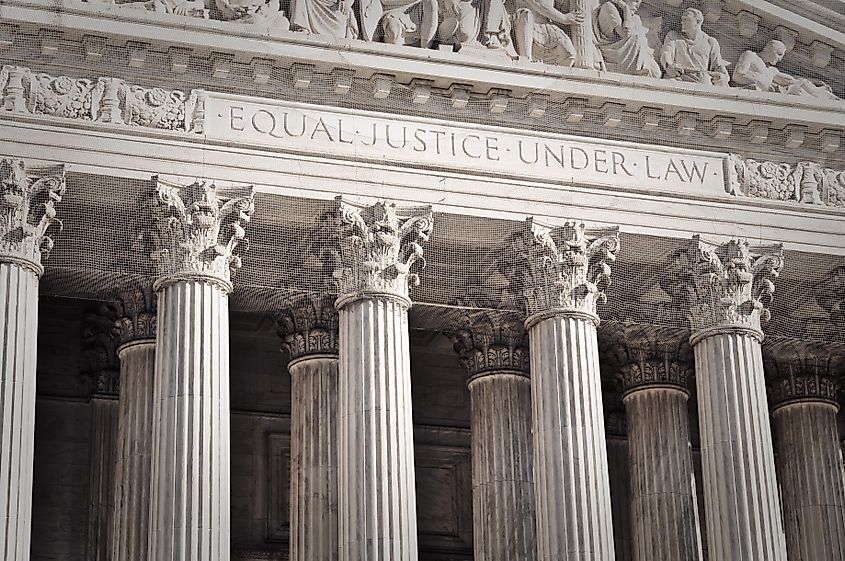
One of the most distinctive features of American government is federalism, a division of power between national and state governments.
Each of the 50 states has its own constitution, governor, legislature, and judiciary. States can make laws on issues not expressly reserved for the federal government, such as education, public health, and local law enforcement.
Conflicts between state and federal law are resolved by the federal courts, and ultimately, the Supreme Court. This system allows states to serve as "laboratories of democracy," trying different policy approaches within the larger union.
Elections and Representation

Elections are the backbone of American democracy, held regularly at local, state, and federal levels. US citizens age 18 and older can vote, although voting rules (like registration deadlines and ID requirements) vary by state.
Key features of American electoral representation include:
-
Single-member districts: Most elections are winner-takes-all, meaning the candidate with the most votes wins.
-
Electoral College: Used in presidential elections, this system assigns a set number of electoral votes to each state based on population.
-
Senate balance: All states, regardless of size, have equal representation in the Senate, reinforcing the federal nature of the union.
Voter turnout in the US tends to be lower than in many other democracies, but participation has risen in recent years due to increased political engagement and contentious national issues.
Political Parties and the Two-Party System
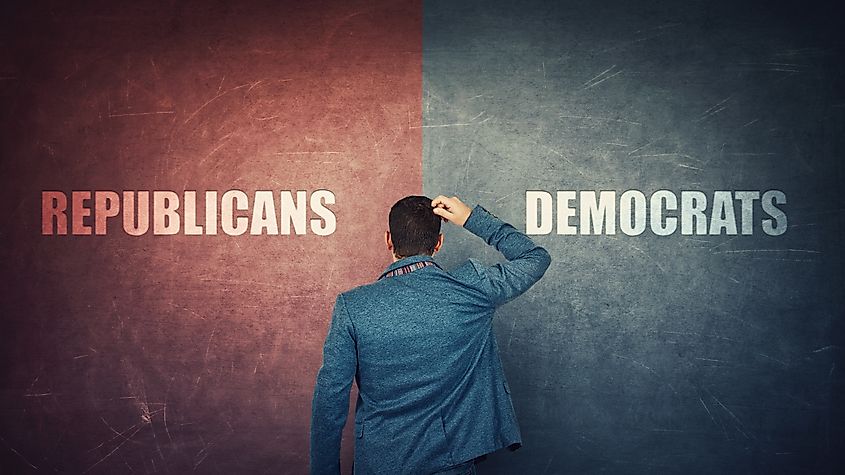
While the Constitution does not mention political parties, they are central to the functioning of US government. Since the mid-1800s, the US has been dominated by two major parties:
-
Democratic Party
-
Republican Party
Third parties exist but rarely win major elections due to structural barriers and limited funding. The two-party system tends to polarize political discourse, but it also provides voters with distinct policy choices.
Congressional rules, ballot access laws, and the Electoral College make it difficult for new parties to break through at the national level, reinforcing the current system.
How the US Compares to Other Governments
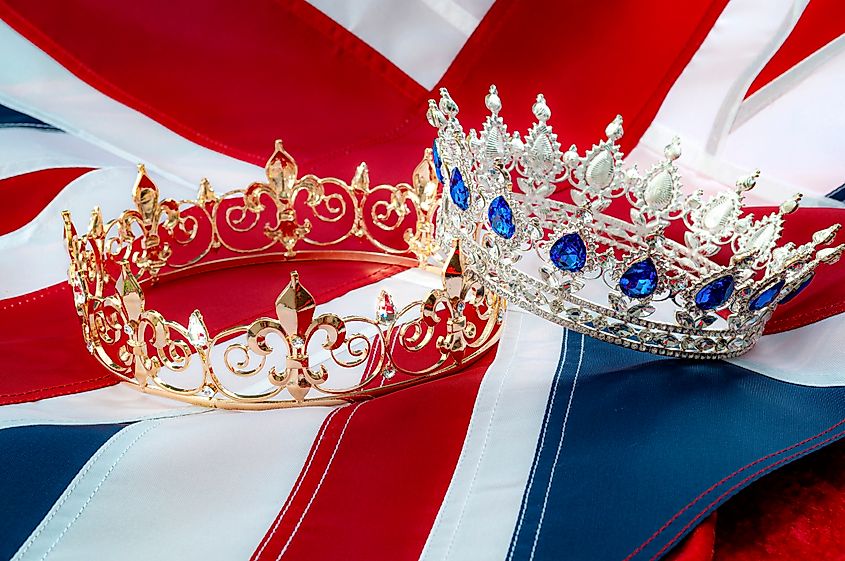
The United States’ federal constitutional republic differs significantly from other global systems. Here's how it compares:
| Country | Government Type | Head of State & Government | Legislative Structure | Federal or Unitary |
|---|---|---|---|---|
| United States | Federal constitutional republic | Same person (President) | Bicameral (House + Senate) | Federal |
| United Kingdom | Parliamentary constitutional monarchy | Separate roles (Monarch + Prime Minister) | Bicameral (Commons + Lords) | Unitary |
| Germany | Federal parliamentary republic | Separate (President + Chancellor) | Bicameral | Federal |
| France | Semi-presidential republic | Separate (President + Prime Minister) | Bicameral | Unitary |
| Canada | Parliamentary constitutional monarchy | Separate (Monarch + PM) | Bicameral | Federal |
The US is unique in how it blends federalism with a strong presidency. Other democracies, especially in Europe, often rely on parliamentary systems where the executive is drawn from the legislature.
Constitutional Amendments and Government Adaptation
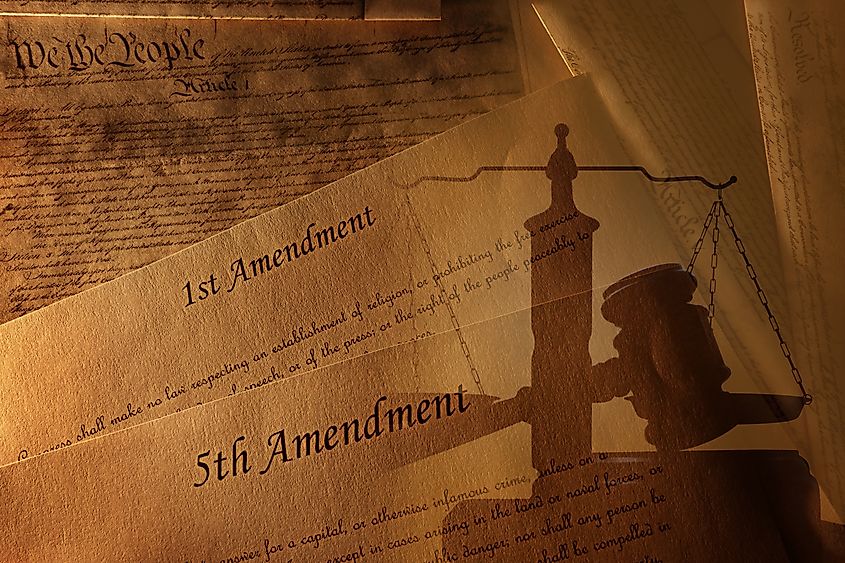
The US Constitution includes an amendment process, allowing it to adapt over time. There are currently 27 amendments. Notable ones include:
-
1st Amendment – Freedom of speech, religion, press, and assembly
-
13th Amendment – Abolished slavery
-
15th & 19th Amendments – Voting rights regardless of race or gender
-
22nd Amendment – Limits the president to two terms
Though difficult to pass, requiring approval by two-thirds of Congress and ratification by three-fourths of the states, amendments have shaped the country's democratic evolution.
Challenges to the US Government System

While the US system is designed for balance and resilience, it faces modern challenges:
-
Political polarization: Deepening partisan divides impact the legislative process and public trust.
-
Gerrymandering: Manipulating electoral district boundaries can dilute fair representation.
-
Electoral College criticisms: Critics argue it can result in presidents winning without the popular vote.
-
Misinformation and distrust: The rise of misinformation has fueled skepticism about elections and institutions.
-
Gridlock: Checks and balances can lead to legislative stalemates, slowing down government action.
Despite these challenges, the US government continues to operate through peaceful transitions of power and sustained constitutional authority.
A Living System of Laws and Representation
The United States is a federal constitutional republic rooted in the principles of representative democracy. Its structure, defined by the Constitution, shaped by historical experience, and refined by centuries of civic participation, seeks to balance power, protect freedoms, and ensure that government remains accountable to the people.
While far from perfect, the system has proven remarkably durable. Through war, economic crisis, civil unrest, and political transformation, the framework endures, evolving as a reflection of the nation it governs. At its heart lies a simple but powerful idea: government by the people, for the people.

